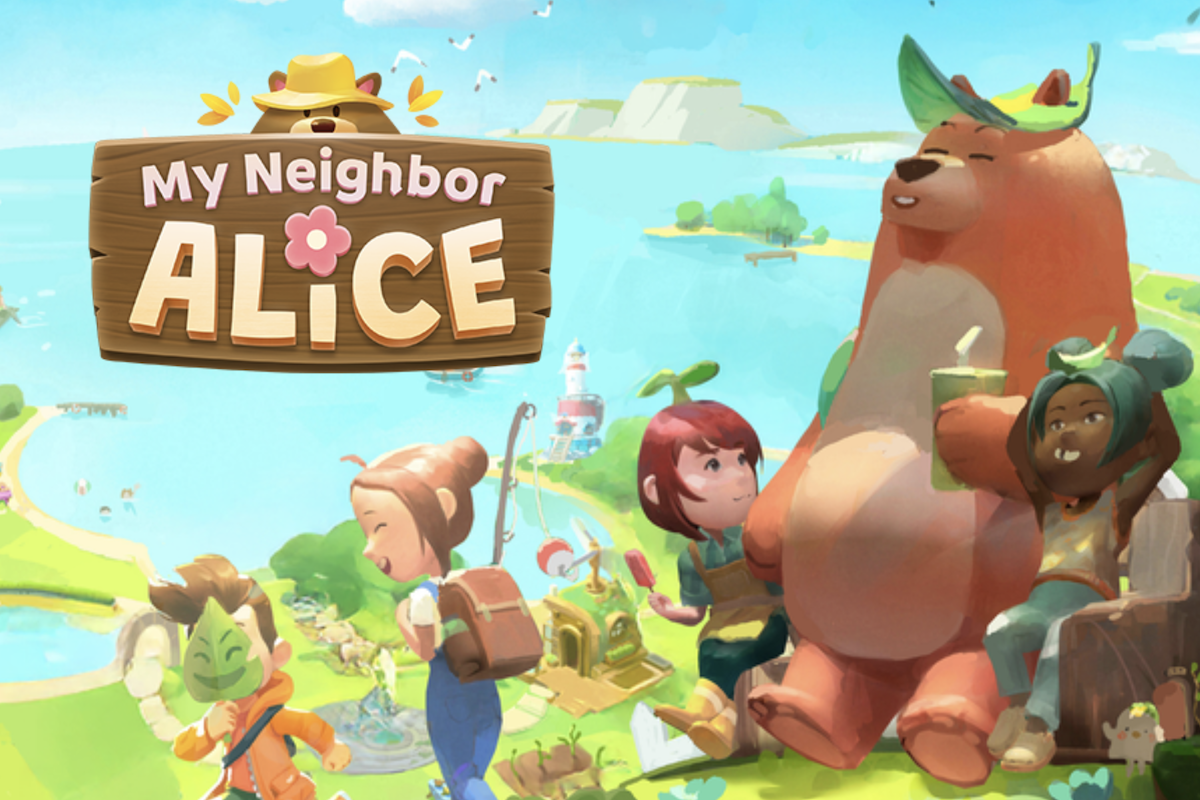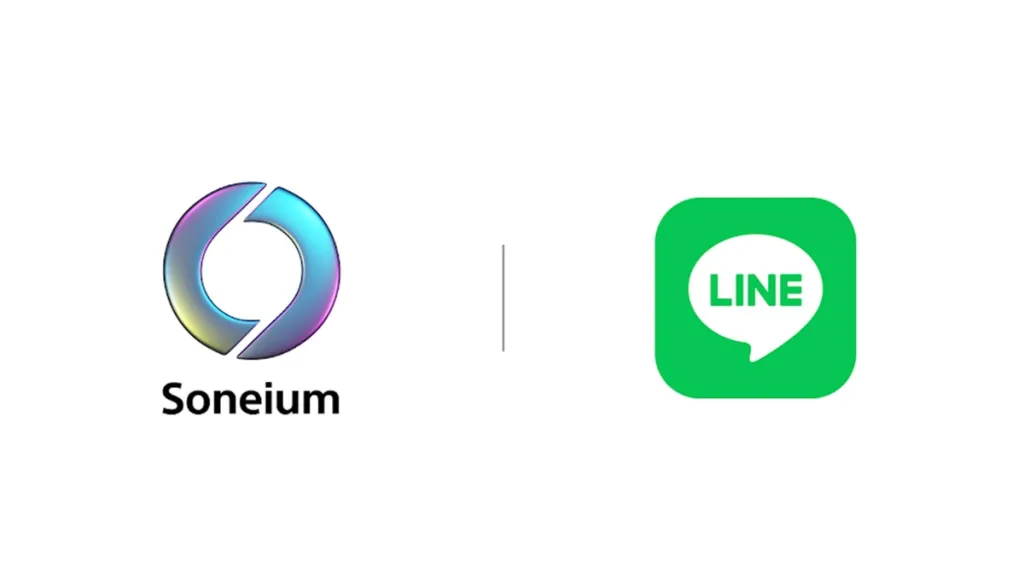Scams in GameFi - How to identify toxic NFT gaming projects
Since the advent of GameFi and its overwhelming impact on the gaming sector, we have witnessed an influx of new users
Since the advent of GameFi and its overwhelming impact on the gaming sector, we have witnessed an influx of new users. However, many others are yet to decide whether to join the NFT bandwagon or not due to news of toxic NFTs projects.
In the last few months, the GameFi market, has continued to gain massive popularity. Since its inception in 2013, GameFi alongside NFTs took center stage and has become one of the most talked-about topics in gaming.
For instance, the total worth of Axie Infinity, the most popular NFT game on the market, currently stands at $550 million, this is according to information made available by DappRadar analytical service.
However, despite the gains recorded by the industry, GameFi has a lot of issues to contend with, the major one being that a minority of developers are capitalizing on the vulnerability of the members of the public to launch toxic projects with little sustainability
Relationship Between NFTs And Gaming
To better understand GameFi, you need robust knowledge of NFTs and smart contracts. For those that are not in the know, non-fungible tokens are digital assets which take the form of smart contracts and are stored on the blockchain.
While this may sound too technical for the average person to understand, NFTs are just a piece of code like a link to an image.
When it comes to gaming, an NFT game will only work if it is accompanied by its own economy plus a large number of users. The economy enables gamers to freely buy, sell, and trade in-game resources for real-world money.
How to spot a scam game?
With the rise of scam NFT games, it can be difficult for a beginner to quickly spot a scam game promising lots of exciting benefits. Most of these scam games have little or no structure, yet the developers went ahead and launched the games.
Worse off is that many of these developers do not even have experience in the blockchain or NFT space. They only lure inexperienced users with mouth-watering offers and top-notch websites. To spot a toxic game, you should pay more attention to these details:
The project’s team
The first thing to look out for when it comes to spotting a toxic NFT game is the project's team. You can fetch this information from their biographies on the project's website. Their biographies will let you know whether or not they are professionals with a track record of performance.
To better review the game, you can take things a step further and read the testimonials of previous players. Don't rely on one platform for the review, explore at least 3-5 platforms. This is because these developers usually hire writers to curate positive reviews about them and their games.
Also, keep in mind that there are genuine games on the market, but the developers chose to keep their identities anonymous. They use pseudonyms or nicknames to portray their IDs.
Projects on social networks
Social networks are another important tool you can rely on to check the genuineness of a game. Ensure you look through the project's social networks and pay close attention to the user base and comments from registered members.
Smart contract
You can also use the smart contract to check the genuineness of an NFT game. Resources like BscScan and Etherscan are readily available to provide you with vital information about a project, like when the project was launched, the number of users, and the total tokens that were supplied to the market.





